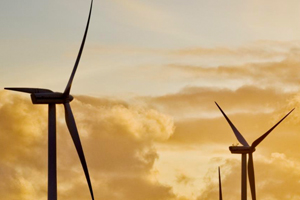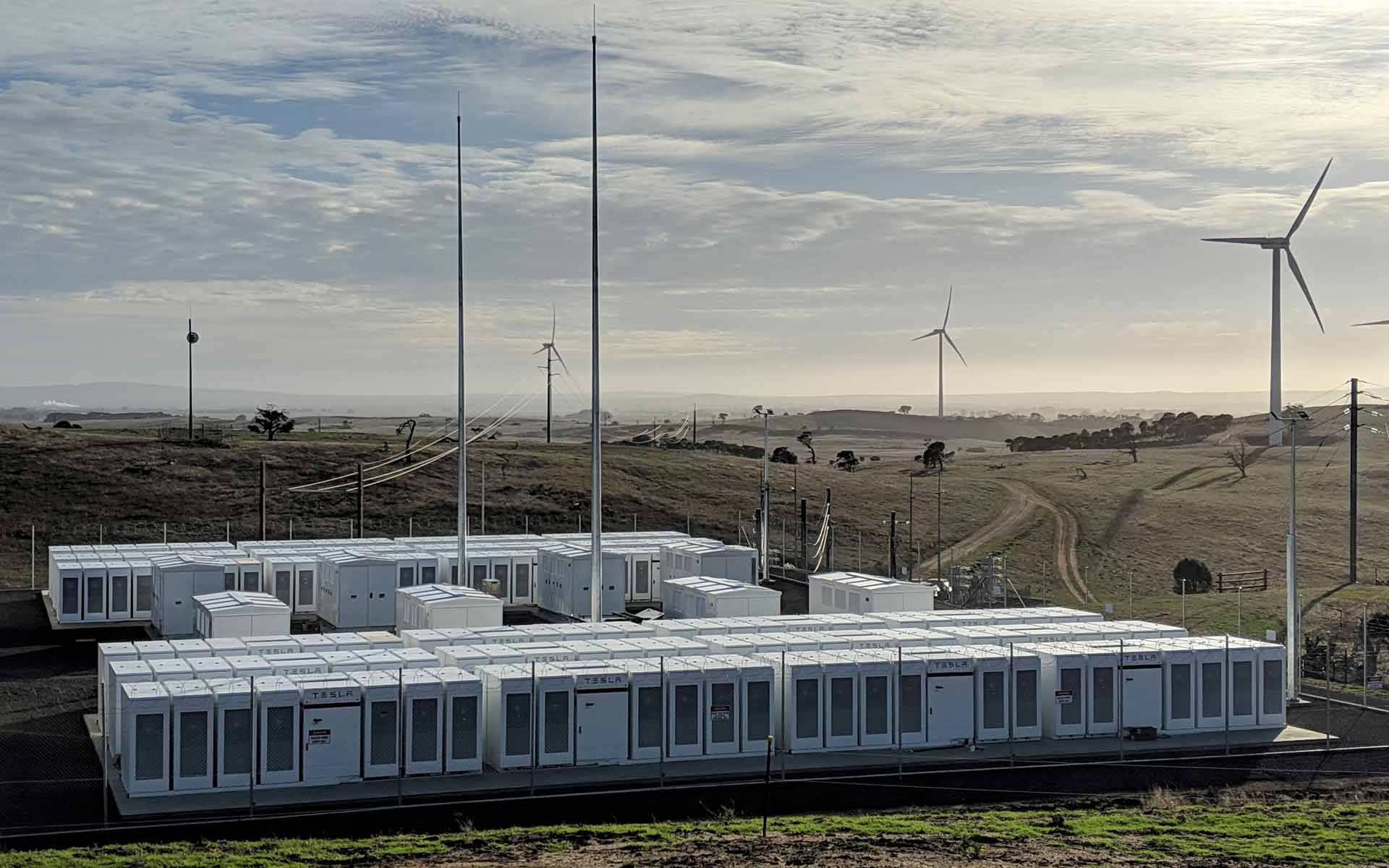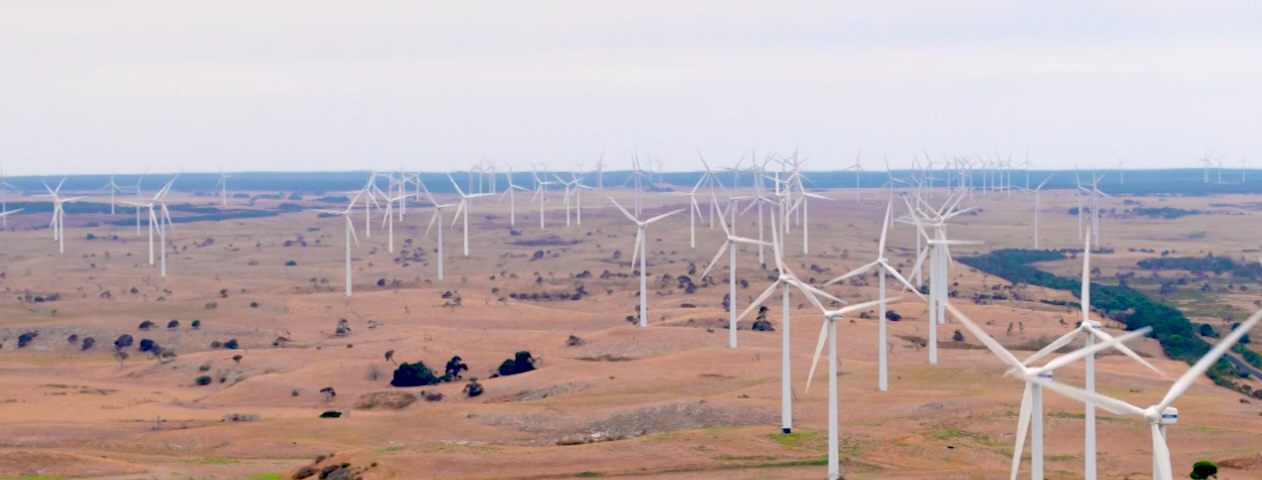Summary
This Lake Bonney Stages 2/3 project introduces a short-term wind production forecasting product into the Australian market from Vestas, Australia’s largest wind energy solution provider, and its wholly owned subsidiary Utopus Insights, an energy analytics provider with 15 years of experience in energy software solutions.
The project will be completed in partnership with Infigen Energy, which has had a successful long-term working relationship with Vestas and substantial experience operating in the National Electricity Market (NEM).
The short-term forecasting product will be deployed at Infigen Energy’s Lake Bonney 2 and 3 wind farms, (co-located semi-scheduled wind farms in South Australia), where it will demonstrate a self-forecasting solution that could improve on the forecasting accuracy currently achieved by the Australian Wind Energy Forecasting System (AWEFS).
The project will also integrate new short-term forecasting models that could help reduce dispatch uncertainty for wind generation, and the associated financial costs for wind energy providers.
Learn more
How the project works
The Lake Bonney Stages 2/3 project will utilise four separate forecasting model approaches (implemented at different stages) to assess the incremental improvements that meteorological masts and weather models have on the accuracy of wind production forecasts when combined with high-resolution wind turbine Supervisory Control and Data Acquisition (SCADA) data and deep learning algorithms.
Area of innovation
High-resolution wind turbine SCADA data will be used to generate forecasts using deep learning modelling techniques (a subfield of machine learning that deals with algorithms based on self-classification and learning), in contrast to the task-specific algorithms currently used. Throughout the coming year, the deep learning model will seek to demonstrate its ability to adapt to seasonal variations in weather patterns.
In addition to high-resolution wind turbine SCADA information, data from two meteorological masts will be introduced with hyper-local weather forecasting, enabling the Utopus Insights software (which combines weather prediction, sensor data and big data analytics in a hybrid model) to deliver greater accuracy of energy forecasts.
This hybrid model utilises Utopus Insights’ proprietary short-term hyper-local weather forecast vs the traditional long-term weather forecasts. Secondly, the weather engine that provides hyper-local weather forecasts, with a spatial resolution of 1km x 1km (better suited for predicting wind and solar energy production), which is superior to the typical weather grid resolution of 16 km x 16 km (better suited for city-wide weather forecasting).
This is the first time this approach will be tested in Australia and is unique globally due to its highly short-term nature.
Benefit
Primarily, the project will aim to demonstrate the integration and performance of a solution that can be easily scaled to wind farm sites throughout Australia. It could help to improve the dispatch certainty of wind generation and help reduce the associated financial costs. This objective will help deliver secure and reliable wind generation in Australia.
The activity aims to increase the value delivered by Lake Bonney wind farms through lowering the cost of ongoing forecast inaccuracies on dispatch outcomes. It is expected that improved short-term forecasting at Lake Bonney will achieve this by reducing:
- Wind farm operating costs by decreasing the variability between wind farm actual production and the forecasted production trajectory which is fed into the dispatch engine,
- Spilled wind generation at Lake Bonney 2 & 3 wind farms during network constraints by providing a clearer view to AEMO of wind farm capability,
- Operational costs of the NEM by reducing deviations from expected production, potentially reducing price volatility, and the amount of regulation Frequency Control Ancillary Services (FCAS) required.
Additional impacts
The project will share the pilot learnings with the energy industry and publish various reports focused on:
- Project challenges and learnings,
- Forecast performance and self-forecast benefits for Infigen,
- The overall market.
The knowledge shared will be targeted at forecast providers, semi-scheduled generators, AEMO, ARENA, researchers, and to the broad electricity sector.









